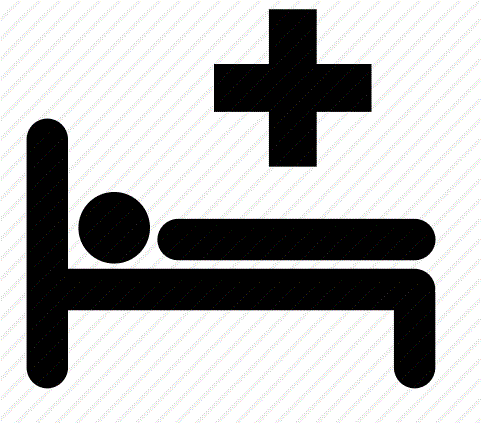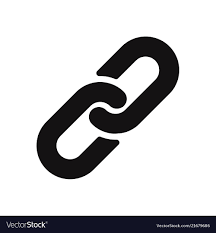The Visual Assembly can be seen as what the Situationists called a Situography and what the Lettrists called Metagraphy and Hypergraphy – even Psychogeography in the 1950s-60s. Lettrism first appeared as Hurufism in the 1370s as حُرُوفِيَّة ḥurūfiyyah – a Sufi doctrine based on the mysticism of letters (ḥurūf). We can see contemporary or new Lettrism therefore as a materialist turn on classical Hurufism.
More recent experiments in 2009-2017 with the Quantum Lettrist psychic workers union DAMTP, including the DesaKalaPatraGraph help to provide further tools in the creation of a visual assembly and I will outline some of them here.
There are broadly 3 sets of “stencils” – or letters, icons, isotyopes, symbols etc . In Peircian semiotics we could class these as 3 types f sign:
- icon,
- index and
- symbol.

(taken from https://vanseodesign.com/web-design/icon-index-symbol/)As demonstrated above the icon is a representation of the signified, the index presents the signified itself and the symbol is totally abstracted from both.
Similarly Isidore Isou in his writing on hypergraphy, identified 3 types of modes available to the artist:
- representational,
- abstract and
- letters.
In the psychic workers system of the DKPgraph we separated the 3 trimensions of the constructed situation as :
- space,
- time and
- class.
I will therefore group the stencil groups as such:
- The spacial trimension (icon/ representational):


These are the spacial elements that describe the health care environment
2. Time (Index/ Abstract)

An example of this type of sign is the link and also broken link signs to show relations between things – we can also use arrows, speach marks etc to show connections and flows
3. Class (symbol/ letter)

any and all textual elements go in this layer. this maybe a singe letter such as an organisational logo but also include more expansive textual constructions like written instructions
Of course we also will get combinations of the three as we can see from this floor map of a hospital which also includes the 3 distinct and different types of sign. Also noteworthy is the use of colour to show different people or groups or depts


One reply on “Lettrist Assemblages”
Oh! Great!
We can use this framework to tag all the stencils!